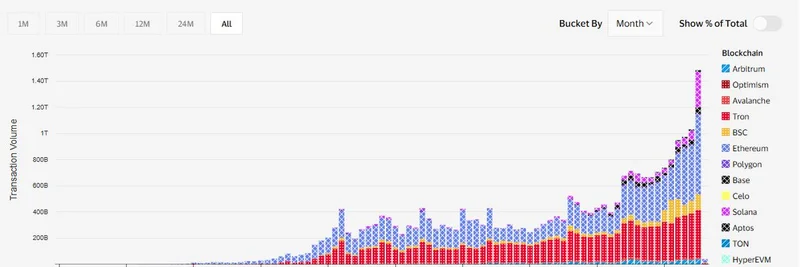Hey there, crypto enthusiasts! If you've been scrolling through X (formerly Twitter), you might have caught this intriguing post from BSCNews about $ION token burns and why they matter. It's highlighting something special happening over at the Ice Open Network (@ice_blockchain). Token burns are a hot topic in the crypto space because they can reduce supply and potentially boost value, but Ice Network is doing it with a twist. Let's break it down in simple terms.
What Are Token Burns, Anyway?
For those new to the scene, a token burn is basically when a project permanently removes some of its tokens from circulation. Think of it like burning cash – once it's gone, it's gone forever. This creates scarcity, which can make the remaining tokens more valuable if demand stays steady or grows. It's a common strategy in deflationary tokens, where the supply decreases over time to counter inflation.
In the world of meme tokens and broader crypto projects, burns often happen through mechanisms like transaction fees or scheduled events. But not all burns are created equal, and that's where Ice Network stands out.
Ice Network's Chain-Agnostic Burn Mechanism
According to the detailed breakdown on BSC News, Ice Open Network's $ION token isn't tied to just one blockchain. It's designed to work across over 20 different chains, covering big names like Bitcoin, Ethereum, BNB Chain, Solana, and Polygon. That's huge because it means developers can build decentralized apps (dApps) on any of these platforms and still tap into ION's features.
Here's how the burns kick in:
- User Interactions Trigger Fees: When people use dApps built on the ION Framework – things like tipping creators, boosting posts, or promoting content – a small fee is collected.
- Split for Maximum Impact: Half of that fee (50%) goes straight to burning the project's native token on its home chain. The other half feeds into the ION Ecosystem Pool, which funds rewards and incentives.
- Ads Get in on the Action: Even viewing ads or interacting with promoted content triggers these fees, creating a loop where everyday use drives burns.
Take a gaming dApp on Solana as an example. A player tips another for a cool move or boosts a post about their high score. Boom – fee collected, tokens burned, and the ecosystem pool grows. This isn't just speculative hype; it's tied to real activity.
Why This Matters for $ION and the Broader Ecosystem
What makes this approach different? Most token burns are isolated to one chain or project, but ION's setup scales deflation across the entire multi-chain landscape. As more dApps integrate the framework, burns increase with usage, creating a self-sustaining deflationary economy.
- Real Value Over Speculation: Updated tokenomics from April 2025 emphasize linking value to actual use, not just market buzz.
- Decentralized Rewards: The Ecosystem Pool distributes staking rewards in $ION, encouraging more participation and, you guessed it, more burns.
- Web3 Contender: With partnerships, live staking, and features for monetization, discovery, chat, and social interactions, ION is positioning itself as a bridge between chains, making it easier for projects to thrive.
In the meme token world, where volatility is king, mechanisms like this add a layer of substance. It's not just about the laughs or the community vibes – though those are important – but about building lasting value.
Wrapping It Up
If you're into meme tokens or just curious about innovative crypto tech, keep an eye on Ice Network's $ION. Their burn strategy isn't your run-of-the-mill deflation play; it's a smart, scalable system that rewards real engagement. Head over to the original BSC News article for the full deep dive, and follow @BSCNews for more updates.
What do you think – is this the future of token economics? Drop your thoughts in the comments below, and stay tuned to Meme Insider for more insights into the wild world of meme tokens and blockchain innovations!

